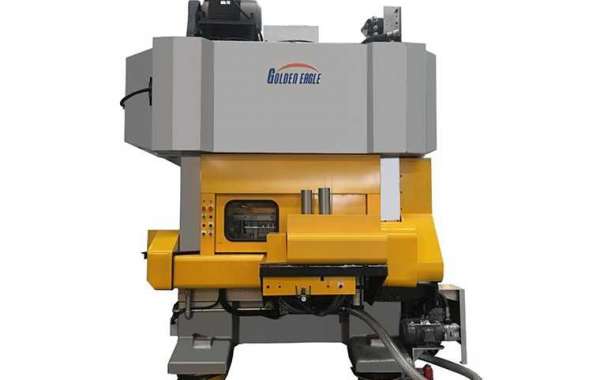Despite the work of Sugata Mitra, Maria Montessori, and those student-centered educators in traditional classrooms who were keeping the child and the learning process at the center of their thinking, it is ironic the vast energy in public education in the 20th century was moving completely in the opposite direction. At this time there was a drive towards educational models based on the principal of mass production car assembly line, where efficiency and cost control are essential to doing business successfully.
Educators in the early 20th century, represented notably by Ellwood Cubberley, were deeply interested in creating schools that educated with the same efficiency that the industrial revolution had brought to the factory system of production.USeducators in particular were focused on the challenge of providing public education to the children of immigrants as well as those of established citizens.
The goal was to create productive workers who understood democratic values and who had the knowledge and skills to contribute to national productivity. The method and philosophy were based on principles of industry that at the time were thought to be the best and most modern innovations for creating efficiency in education. According to Cubberley, schools were to be “factories in which the raw materials (children) are to be shaped and fashioned into products to meet the various demands of life. The specifications for manufacturing come from the demands of twentieth century civilization, and it is the business of the school to build its pupils according to the specifications laid down.”
This approach was considered scientific and based on theories of social efficiency.
It was predicated on three main concepts:
The School as Factory
The Child as Product
Standardized Testing as Quality Control
The child was thought of as a piece of raw material to be shaped by the educational‘factory’ into a quality ‘product’. Teaching became viewed as a form of training and schools were expected to operate more like assembly lines, working on children as they passed through various stages of the curriculum.” While we have come a long way in the past 100 years, it would appear that some aspects of our thinking have not changed.








